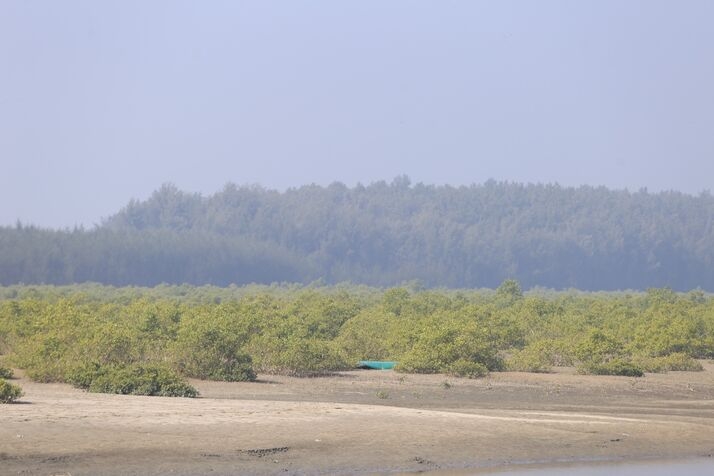The mangrove forests, locally known as Parabon, in Cox’s Bazar are more than just a striking element of the coastal landscape — they are nature’s defense system and an indispensable part of the region’s ecological and economic fabric.
These forests act as a natural barrier against disasters such as cyclones, tidal surges, and even tsunamis. The intricate root systems of mangrove trees anchor the soil, reducing the force of incoming waves and protecting vulnerable coastal settlements from devastation.
Equally important is their role in preserving biodiversity. Mangrove forests serve as safe havens for a rich variety of species, including fish, shrimp, crabs, birds, and other wildlife. They form an essential link in the food chain, helping maintain the delicate balance of the ecosystem.
For marine life, mangroves are a cradle of growth. They provide ideal breeding grounds where fish and shrimp lay their eggs, and juvenile species find shelter and nourishment until they are strong enough to venture into open waters.
Mangroves are also powerful allies in the fight against climate change. Acting as a natural carbon sink, they absorb significant amounts of carbon dioxide, helping to cool the environment and mitigate global warming.
Beyond that, their root systems combat soil erosion, preventing land degradation and reducing the risk of landslides.
By Mohammad Morshed
Photo: Hussain Setu










